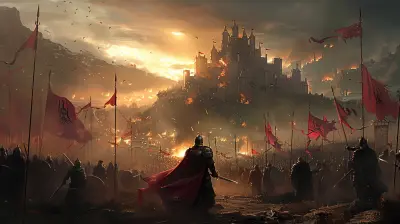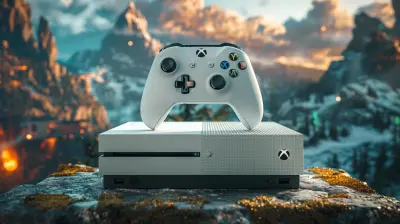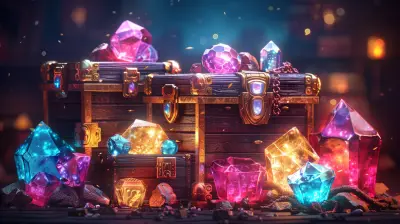Crowdsourced Creativity: How Early Access Builds Better Games
19 September 2025
Video games aren’t just digital escapes; they’re art, challenges, and shared experiences rolled into one. But let’s be real—making a game is hard. It’s like trying to build a sandcastle during high tide. Developers pour their hearts, souls, and countless cups of coffee into their creations, only to be met with a new challenge: will players even like it? This is where early access steps in, a process that flips traditional game development on its head and says, “Hey, let’s make this together.”
Early access isn’t just some trendy buzzword—it’s a revolution. It’s game developers opening their doors and inviting players in, saying, “Your feedback? Your ideas? We want that.” It’s about collaboration, crowdsourced creativity, and, in the end, building better games that resonate with the people who play them. So, grab your controller (or keyboard), because we’re diving into how this magic happens.
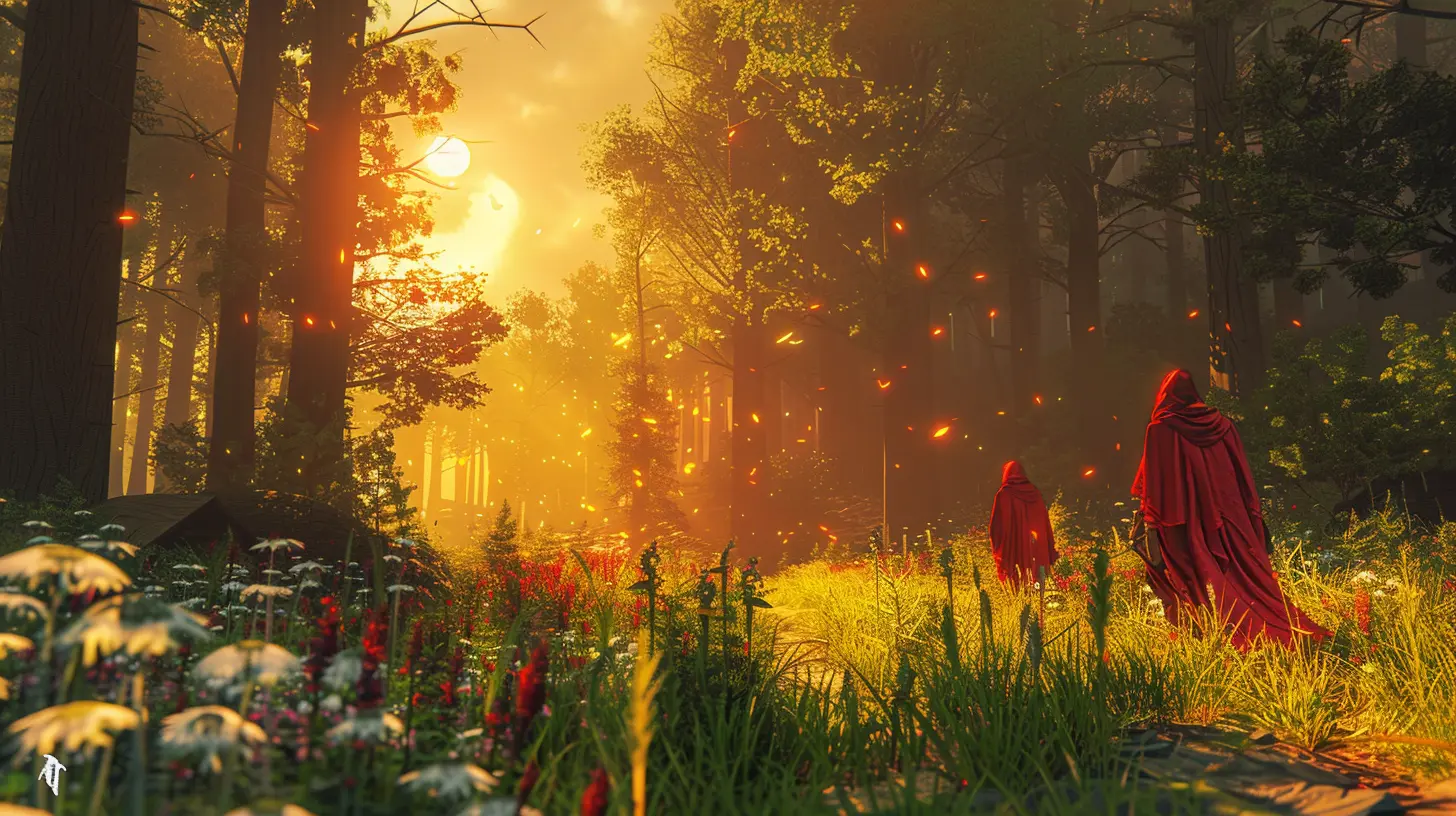
What Is Early Access, Anyway?
Think of early access as a giant work-in-progress sign slapped on a game. It’s when developers release a not-quite-finished version of their game to the public. Players can buy in, try it out, and—here’s the kicker—help shape it. No gatekeeping, no waiting for some polished, final product. You get the messy, raw, and occasionally buggy version of the game, and in return, you become part of its evolution.Platforms like Steam, itch.io, and even Xbox Game Preview have made early access super accessible. It’s like crowdfunding, but instead of just throwing money into the void, you actually get a playable product. And your voice? It carries weight. Think of it like being part of a band where your feedback fine-tunes the instruments.
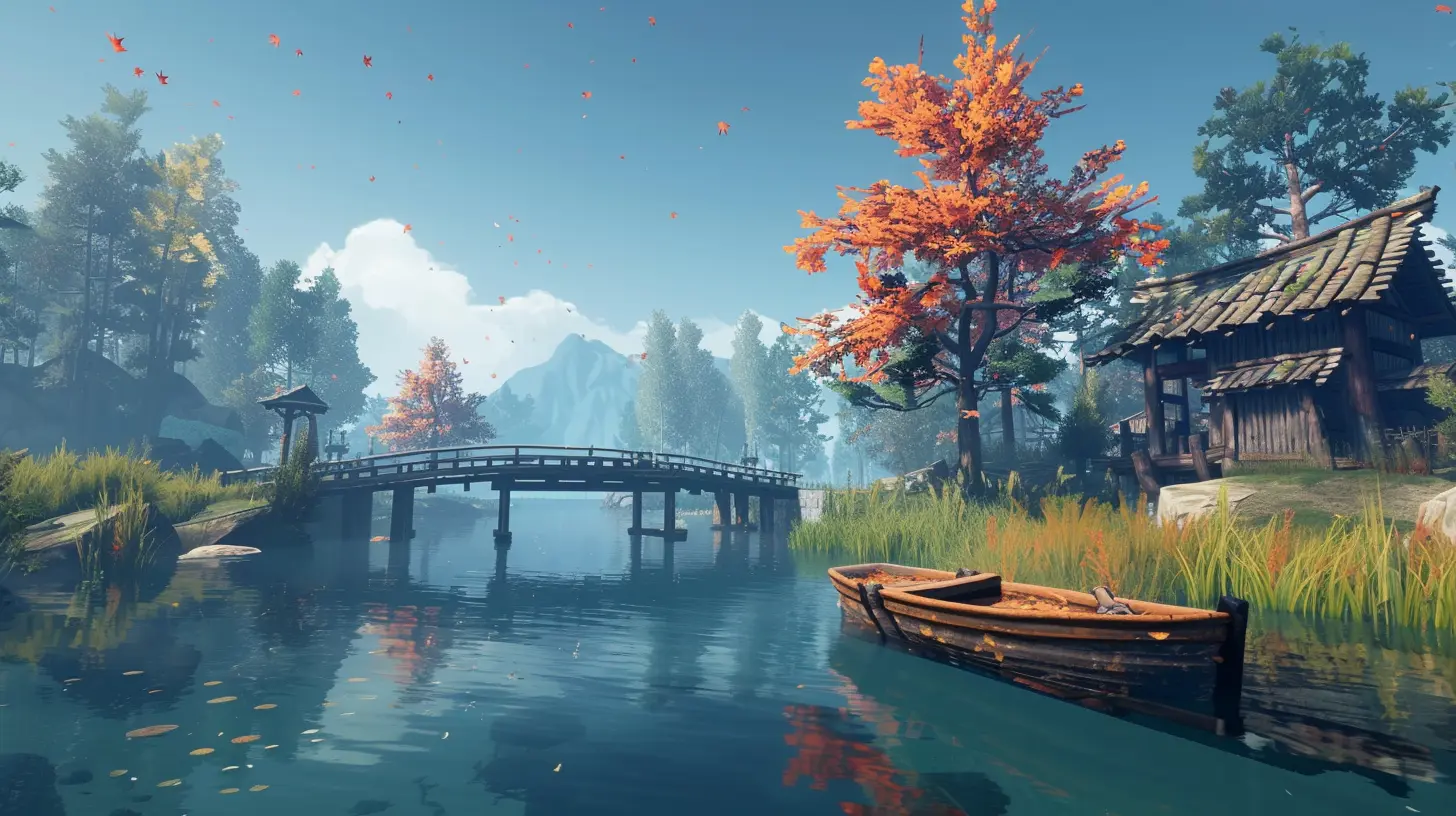
Why Crowdsourced Creativity Works
Here’s the thing: two heads are better than one, right? Now imagine thousands of heads. Early access taps into the collective genius of its community, turning players into co-creators. Developers don’t have to guess what gamers want—they’re literally told. It’s a partnership, a dance where both sides lead.Spotting Problems Early
Ever played a game and thought, “Who on Earth thought this was a good idea?” With early access, those “what were they thinking” moments are caught early. Players act like beta testers, pointing out bugs, balancing issues, or even glaring design flaws. Developers get real-world testing without the hefty price tag of hiring a massive QA team. It’s a win-win.A Melting Pot of Ideas
Gamers are a passionate bunch. They’re not shy about sharing their thoughts, whether it’s on forums, through reviews, or in the game’s Discord server. This hive mind generates ideas developers might have never considered. It’s like adding secret spices to a recipe—sometimes it’s just what was missing.Take Subnautica, for example. The underwater survival game flourished in early access, with players suggesting tweaks to everything from crafting recipes to underwater biomes. The result? A masterpiece fine-tuned by the very people who love it.
Building Hype and Loyalty
Ever heard of the phrase “in the know”? Early access players feel like insiders. They get the satisfaction of saying, “I was here before it blew up.” This creates a loyal fanbase, one that’s not just playing the game but rooting for its success. It’s marketing gold. Word-of-mouth spreads like wildfire when players feel personally invested in a game’s journey.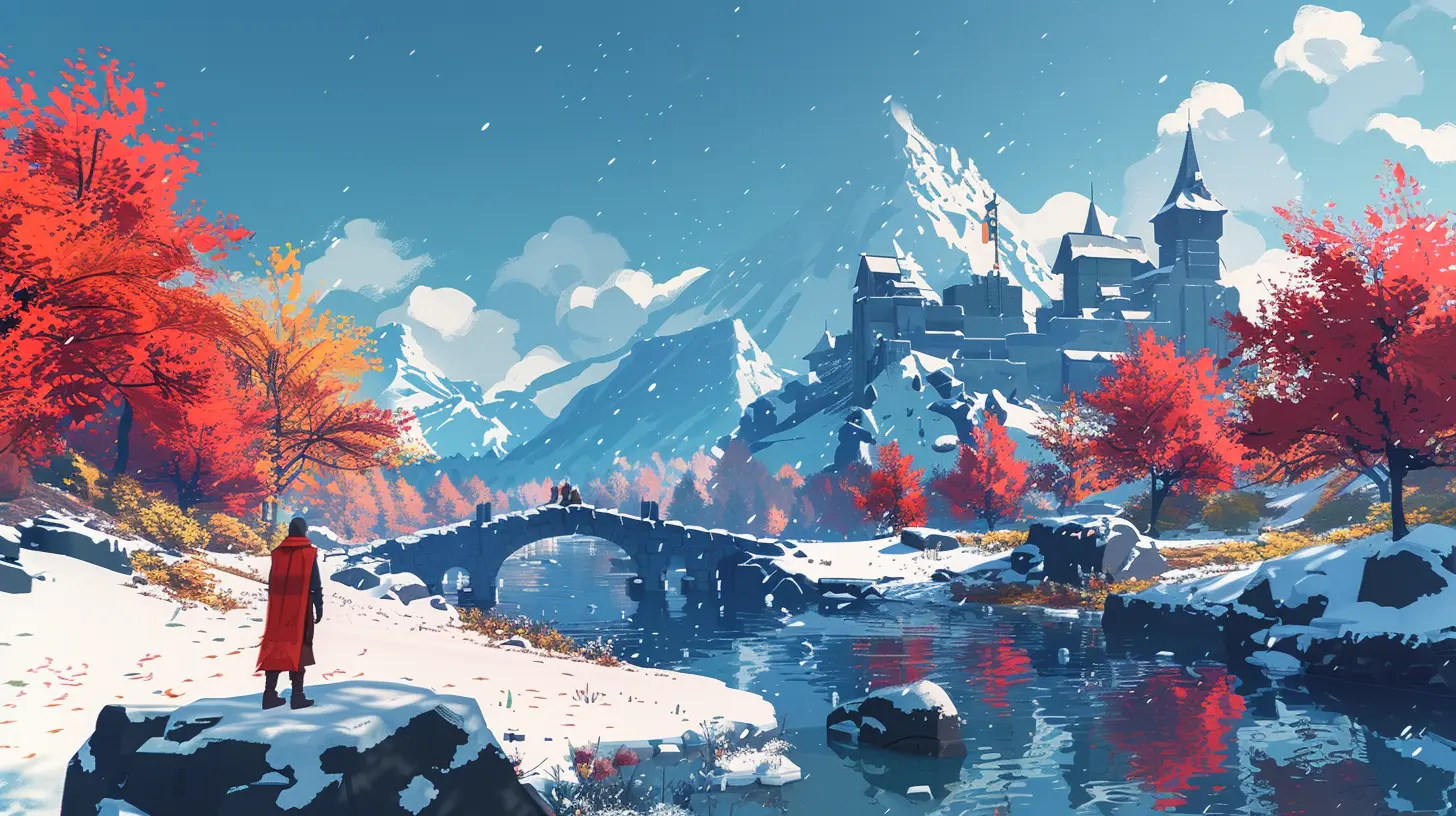
Potential Pitfalls (And How Developers Can Avoid Them)
Okay, let’s pump the brakes for a second. While early access sounds like a golden ticket, it’s not without its challenges. Crowdsourced creativity can get… messy. It’s like getting too many cooks in the kitchen—everyone’s got an opinion, and not all of them are good.Unrealistic Expectations
When players shell out money for an early access game, they expect something worth their time. If a game feels half-baked or stagnates in development, frustration builds. And trust me, gamers are not shy about airing their grievances. Developers need to balance ambition with honesty, setting clear expectations from the get-go.Feedback Overload
Gathering player feedback is great, but what happens when it starts to clash? One player loves a feature while another despises it. Developers can’t please everyone, so they have to make tough calls. It’s a balancing act between staying true to their vision and listening to their community.Abandonment Issues
Nothing stings more than an early access game that gets abandoned. Players invest time, money, and emotional energy, only to see a project fizzle out. It’s like being ghosted after a great first date. Communication is key here—developers need to reassure their community that they’re in it for the long haul.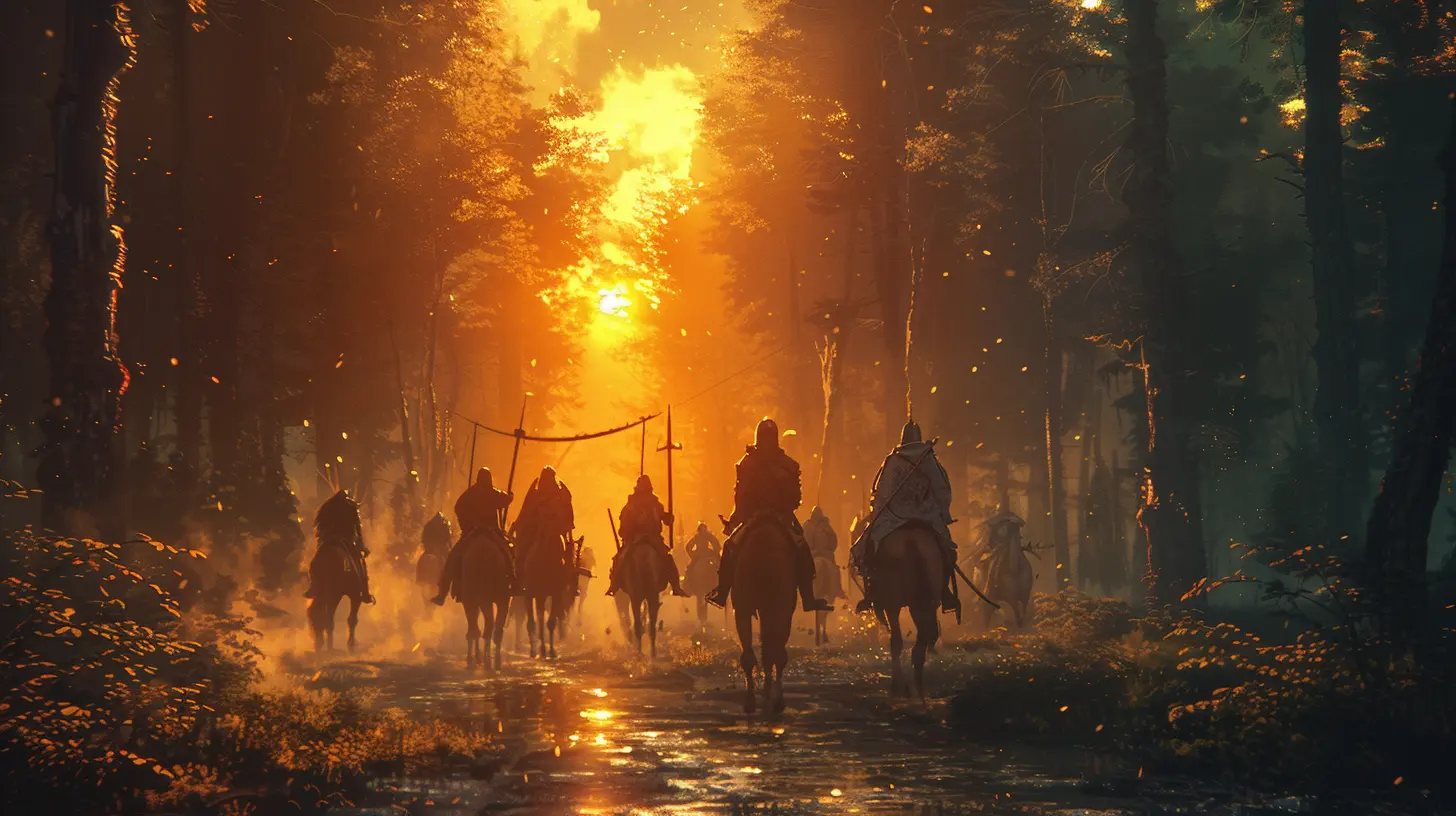
Success Stories That Shine
Early access isn’t just a theory—it’s been a game-changer (pun intended) for countless titles. Some of gaming’s crown jewels owe their success to this model.Minecraft: The OG Example
Before Minecraft became a billion-dollar juggernaut, it was a quirky little sandbox game in early access. Players were hooked by its simplicity and endless possibilities, offering suggestions that helped shape the game we know today. From survival mode to creative mode, much of what Minecraft is now came straight from its community.Hades: The Rogue-like Revolution
Supergiant Games knew exactly what they were doing when they launched Hades in early access. They used the feedback loop like pros, refining mechanics, balancing abilities, and fleshing out the world based on player suggestions. By the time it officially launched, it wasn’t just good—it was Game of the Year material.Slime Rancher: Quirky and Loved
Who knew wrangling colorful blobs could be so fun? Slime Rancher embraced early access, adjusting gameplay systems and expanding content based on player input. The result was a wholesome, feel-good game that fans adored.Why Crowdsourced Creativity Is the Future
Let’s face it—game development isn’t getting any easier. Graphics are more advanced, worlds are bigger, and player expectations are through the roof. Early access offers a way to navigate these challenges, blending player insight with developer expertise. It’s not just about catching bugs or tweaking mechanics; it’s about building games that feel alive, dynamic, and personal.Crowdsourced creativity is a trust fall between developers and players. It requires humility from devs and patience from gamers. But when it works? It’s like watching a symphony come to life, with every player contributing a note.
Final Thoughts: Playing the Long Game
Early access isn’t just a phase or a fad—it’s a testament to how the gaming industry is evolving. It’s a partnership, a handshake across the digital divide that says, “Let’s make something great together.” Sure, it’s risky. Sure, it’s messy. But isn’t that kind of the beauty of it?The next time you dive into an early access game, remember—you’re not just a player. You’re part of the creative process, a cog in the machine that’s shaping the future of gaming. And honestly? That’s pretty darn cool.
all images in this post were generated using AI tools
Category:
Early Access GamesAuthor:

Madeleine McCaffrey
Discussion
rate this article
1 comments
Theodore Hensley
Early Access: where players become game developers and bugs get more attention than the actual gameplay! It’s like a giant creative jam session, except instead of guitars, we’re strumming the quirks of game mechanics. Who needs a polished masterpiece when you can have a delightful mess of player-powered chaos?
September 24, 2025 at 4:34 PM

Madeleine McCaffrey
Absolutely! Early Access allows players to shape game development, turning bugs into features and fostering a unique collaborative experience. It's all about embracing the chaos for creative innovation!
